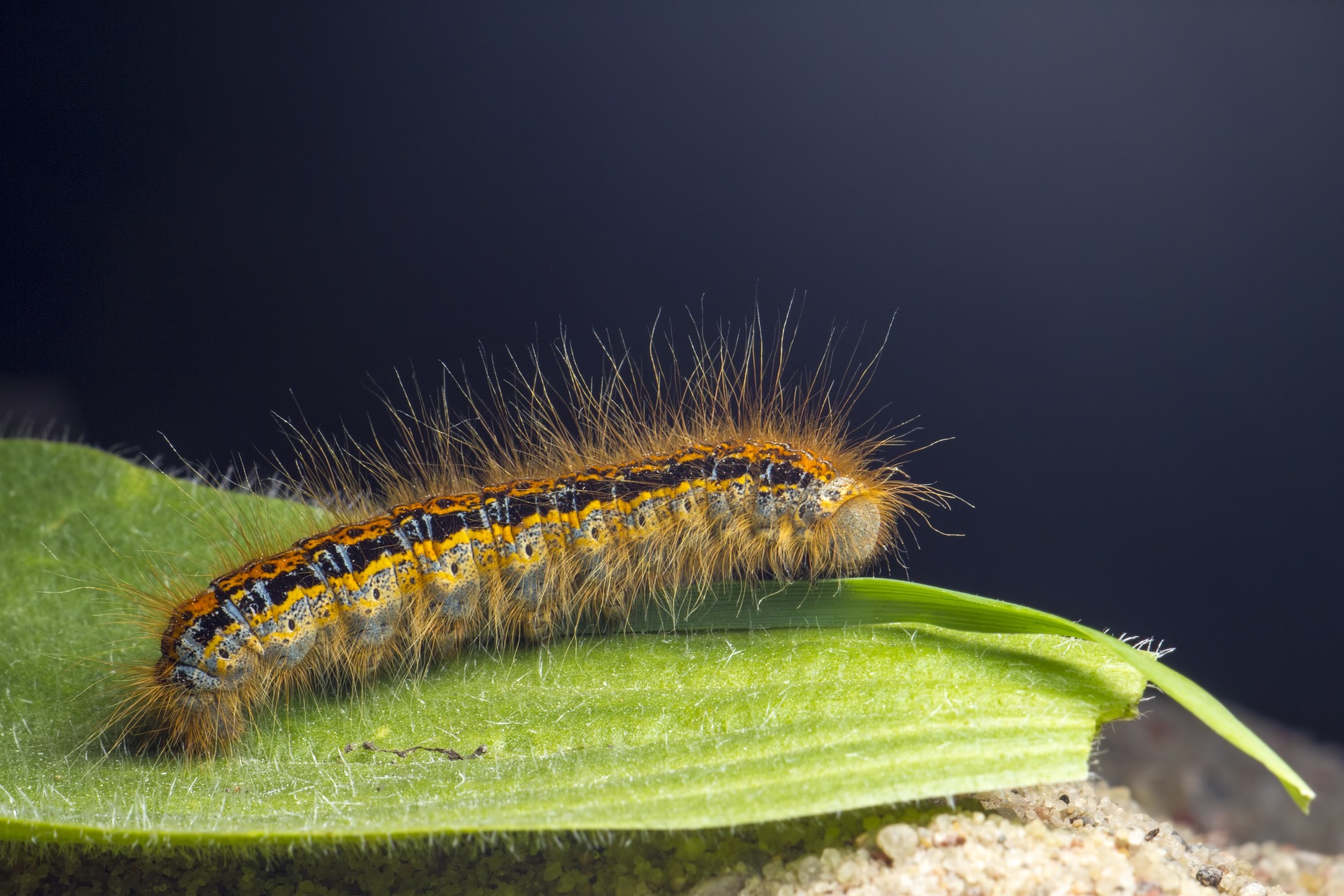Butterflies undergo a complex life cycle that consists of four distinct stages: egg, larva (caterpillar), pupa (chrysalis), and adult butterfly. Here’s a detailed overview of each stage:
1. Egg
- Description: Butterfly eggs are usually small, spherical, oval, or cylindrical and are often laid on the underside of leaves. They can vary in color, from white to yellow, green, or even shades of blue and red.
- Duration: The egg stage lasts from a few days to a few weeks, depending on the species and environmental conditions.
- Function: The egg protects the developing embryo until it is ready to hatch into a larva (caterpillar).
2. Larva (Caterpillar)
- Description: The larva, commonly known as a caterpillar, is the second stage of the butterfly life cycle. Caterpillars are elongated, segmented, and have a soft body. They come in various colors and patterns, which can help with camouflage or serve as warnings to predators.
- Feeding: Caterpillars are voracious eaters, primarily consuming the leaves of their host plants. This stage is crucial for accumulating the energy and nutrients needed for metamorphosis.
- Growth: As caterpillars grow, they molt several times, shedding their exoskeleton to accommodate their increasing size. Each growth phase between molts is called an instar.
- Duration: The larval stage can last from a few weeks to several months, depending on the species and environmental conditions.
3. Pupa (Chrysalis)
- Description: The pupa, or chrysalis, is the stage where the caterpillar undergoes metamorphosis into an adult butterfly. During this stage, the caterpillar’s body is transformed inside a protective casing.
- Process: Inside the chrysalis, the caterpillar’s body breaks down and reorganizes into the adult butterfly’s structure. This transformation includes the development of wings, legs, antennae, and other adult features.
- Duration: The pupal stage can last from a few weeks to several months, depending on species and environmental factors like temperature and humidity.
4. Adult Butterfly
- Description: The final stage is the adult butterfly, characterized by a slender body, long antennae, and four large, colorful wings covered in tiny scales.
- Feeding: Adult butterflies primarily feed on nectar from flowers, but they may also consume other substances like tree sap, rotting fruit, and even animal dung to obtain nutrients.
- Reproduction: The main purpose of the adult stage is reproduction. Butterflies engage in mating behaviors and females lay eggs on suitable host plants, continuing the life cycle.
- Lifespan: The adult butterfly’s lifespan can vary greatly, from a few weeks to several months. Some species, like the Monarch butterfly, are known for their long migrations and can live for several months during this period.
Summary of the Life Cycle
- Egg: The butterfly life cycle begins when a female butterfly lays eggs on a host plant.
- Larva (Caterpillar): The eggs hatch into caterpillars, which feed on the host plant leaves and grow through several molts.
- Pupa (Chrysalis): The caterpillar forms a chrysalis, where it undergoes metamorphosis.
- Adult Butterfly: The adult butterfly emerges from the chrysalis, ready to feed, mate, and lay eggs to start the cycle again.
This fascinating process of metamorphosis is a remarkable example of transformation and adaptation in the natural world.
Visited 191 times, 35 visit(s) today
Views: 363
Subscribe to the newsletter:
